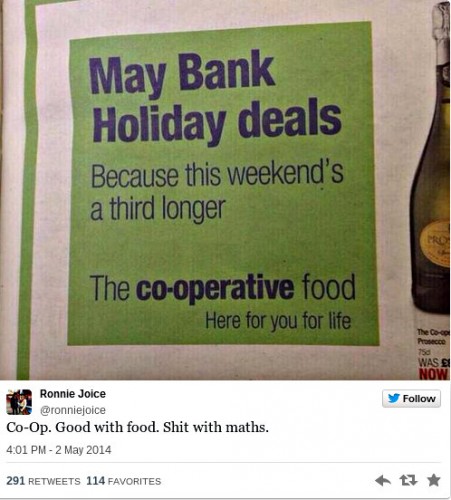Over on the Mindfulness and Mortality blog, in a discussion about funeral eulogies, Gloriamundi asks a good question:
“Why do we seem to feel the need to sum up a life and pass judgement on it?”
He goes on: “The torrent of unqualified praise that falls on someone who has just died is an expression of sorrow and compassion, of course.” He wonders, though, if “the only way to set the balance straight and strive for a more balanced, seemingly accurate picture would be to talk about the less angelic side of someone’s nature.”
Gloriamundi concludes: “Who are we to pronounce judgement upon the flickering, shimmering transience of a personality? The imperfect wonders of a human life? Let’s accept the limits of human judgement and not encumber a funeral with verdicts.”
Instead: “How much better to have people tell us, directly or via the celebrant, what the person meant to them. How much better to have anecdotes and stories that illustrate some well-known characteristics; they bring about the smiles of recognition and affectionate grief, they mean much more than generalised and abstract judgements.”
It’s a perennial question: what exactly is the purpose of a funeral eulogy within the context of a funeral rite?
Well, what are the expectations of the audience? Do those who come to a funeral expect an evaluation of the dead person?
Yes, they probably do, don’t they? Religious people, for sure, believe that death is when we render our final account to God and receive, in awe and trembling, some sort of verdict on our life. As the Bible says, on the Day of Judgement, “who shall stand when he appeareth? for he [is] like a refiner’s fire, and like fullers’ soap.”
God is less like fullers’ soap nowadays, more of a mate, but nonetheless: there’s a widespread sense among the unchurched, too, that death is a time for totting up and taking stock. Unbelievers and those of fuzzy faith want their celebrant to deliver a final reckoning, albeit with a much massaged bottom line – more soft soap than fullers’.
So perhaps Gloriamundi and her/his kind ought to view a eulogy as, essentially, an exercise in creative accounting.
But for a eulogist to try and meet the expectations of the audience if those buy cialis malaysia expectations are no more than a cultural hand-me-down is, some would argue, no longer useful nor necessary — it’s time, now, to set aside the traditional funeral in favour of a more apt vehicle. If so, what would that vehicle look like?
As it happens, the eminent humanist Harold Blackman designed one. He questioned the focus on the corpse and the usefulness of the public funeral ritual. He favoured a private, corpse-free (‘unencumbered’) funeral ritual – he called it a memorial meeting – featuring, in the words of his eulogist, Nigel Collins, a “reasonably full, frank and above all honest account of the subject – so, crucially, more a multi-faceted tribute than an idealised eulogy.” This looks very close to the Gloriamundi position.
In Blackman’s words: “Modern humanists should not make much of funeral rites, disposal of the body, attendance on it at the tomb; rather, they should encourage friends and relatives to come together to contribute from their memories and impressions to the creation of a new image of the person they knew, harvesting what was cultivated and produced in life.”
Again: “Even for the most private person, the unencumbered memorial meeting is the real tribute to the dead and the real admonition to the living, for it helps to redeem the loss in a living image and it asks for a life worth valuing. The concentration and collective contribution of the memorial meeting can raise and reinforce the image of the lost person with the sharpness of finality that survives dispersion. This should be a harvest ritual rather than a tomb ritual.”
When Blackman first proposed these ideas to the Royal Society in 1967 he encountered “violent protest … Many of [the Fellows] at least could not tolerate the idea of not paying respect to the dead in the customary way.”
That was almost 50 years ago. Blackman died in 2009 at the ripe age of 105 and was accorded a memorial meeting according to his own model — here. He would be interested to observe the waning of the focus on the corpse that seems to be under way today. And he’d probably like the cut of Gloriamundi’s jib.



